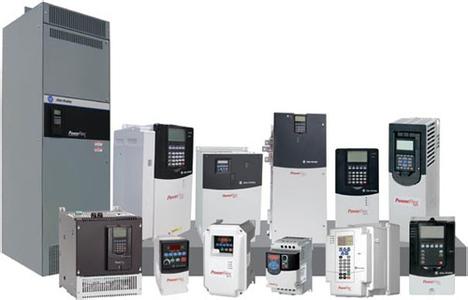 Inverter often appears in the work of vibration or noise, what is the cause of this problem? How to deal with it? This article specifically for everyone to talk about the inverter generated vibration and noise causes and treatment methods.
Inverter often appears in the work of vibration or noise, what is the cause of this problem? How to deal with it? This article specifically for everyone to talk about the inverter generated vibration and noise causes and treatment methods. The reason for the vibration and noise is that when the inverter is working, the magnetic field caused by the higher harmonics in the output waveform generates electromagnetic force for many mechanical components. The frequency of the power can always be similar to or coincide with the natural frequency of some mechanical components. Causes resonance.
The higher harmonics that have a great influence on the vibration are mainly the lower order harmonic components and have a greater influence on the PAM (Pulse Amplitude Modulation) and pulse-width modulation (PWM) modes. However, when the sinusoidal PWM method is used, the low-order harmonic components are small and the influence becomes smaller. When the inverter is used to drive the motor, the higher harmonic components of the output voltage and current increase the higher-order harmonic magnetic flux of the air gap, which increases the noise. The electromagnetic noise instrumentation world network gives the following characteristics: Since the low-order harmonic component of the inverter output resonates with the inherent mechanical frequency of the rotor, the noise around the natural frequency of the rotor increases. The harmonic components in the output of the inverter resonate with the core housing frame, etc., and the noise at the respective natural frequencies of these components increases. The noise generated by the drive motor of the inverter, especially harsh noise, is related to the switching frequency of the PWM control, especially in the low frequency region. The use of frequency converter to regulate the speed will produce noise and vibration. This is the effect of the high-order harmonic components contained in the output waveform of the inverter. As the operating frequency changes, the fundamental wave components and higher harmonic components all change over a wide range, and it is likely to cause resonance with various parts of the motor.
Vibrating and Noise Handling Methods To reduce or eliminate vibrations, an AC reactor can be connected to the output side of the drive to absorb high-order harmonic current components in the output current of the drive.
When using the PAM or square-wave PWM inverter, you can use a sine-wave PWM inverter to reduce the pulsating torque. In order to prevent the vibration of the mechanical system connected to the motor and the load, the entire system must not be resonant with the electromagnetic force generated by the motor. The following measures are generally used to suppress and reduce noise: Connect the AC reactor to the output side of the inverter. If the electromagnetic torque has a margin, U/f can be made smaller. When using a special motor such as when the noise level of the lower frequency noise is severe, check the resonance with the natural frequency of the shaft system (including the load).
Anomatic(suzhou)metal packaging co,ltd , https://www.anomaticpharma.com